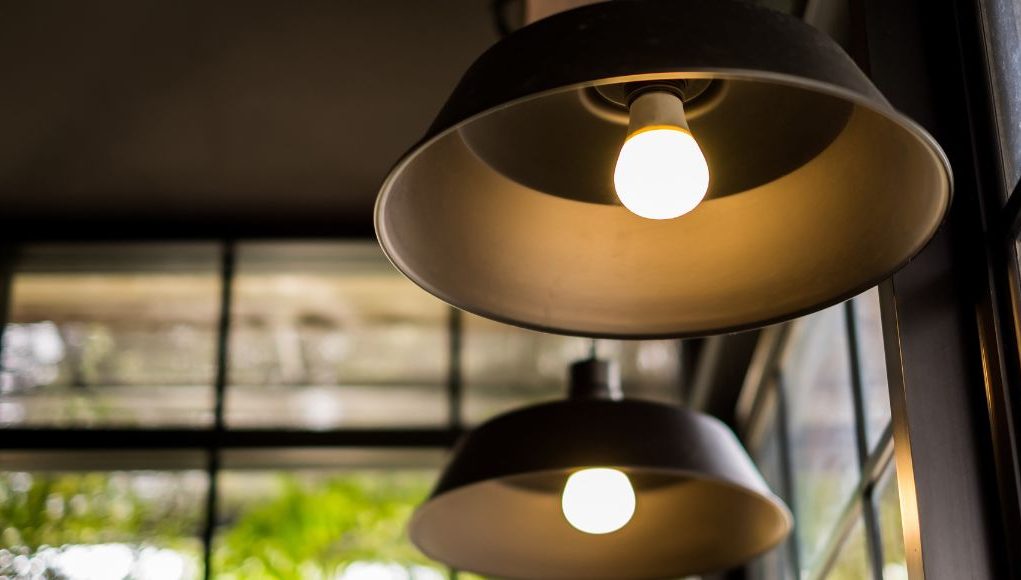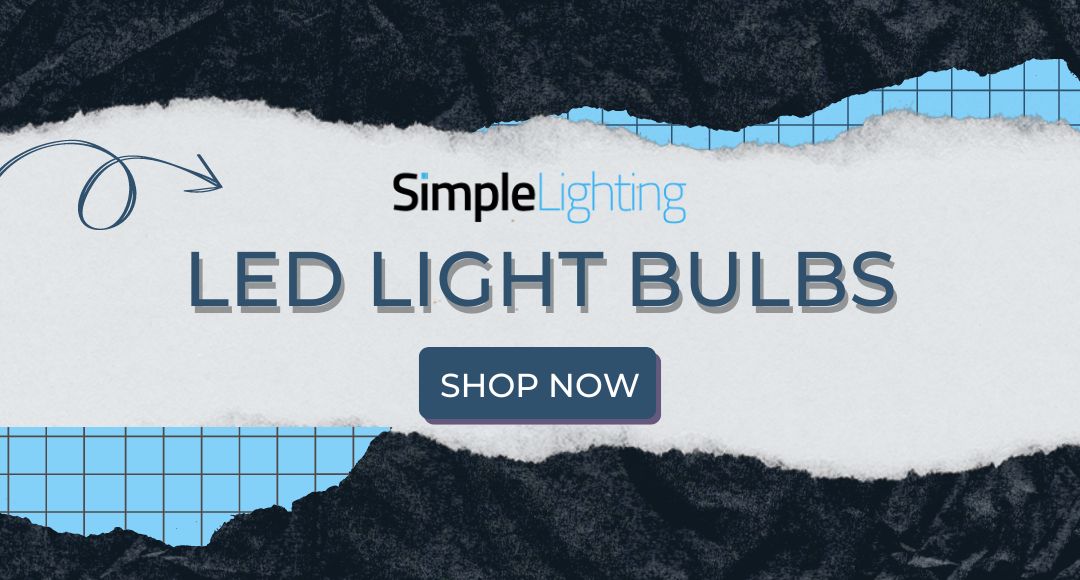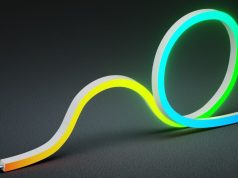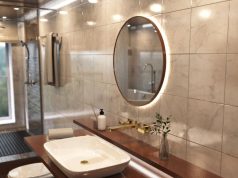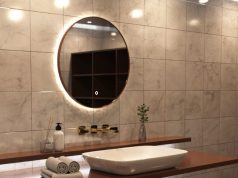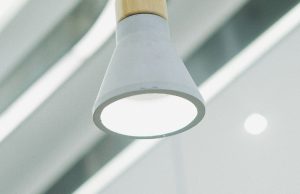When LED light bulbs, such as dimmable E27 light bulbs and E14 LED light bulbs, were first marketed, they were less famous than incandescent and fluorescent bulbs. However, their popularity has steadily increased, and many homes and businesses now prefer them over others!
One factor that sets LED light bulbs apart is their unparalleled energy efficiency. How effective is this lighting solution in lowering electrical consumption? Is it really an energy-saving alternative to the classic incandescent and fluorescent bulbs?
Understanding LED Technology
LEDs have a reputation for being energy efficient. When you see LED included in the name of a light fixture, there’s a preconceived notion that it will be better than any traditional fitting. Well, it is actually true!
An incandescent bulb equates brightness with wattage. So, the brighter the fixture, the higher the power consumption. The downside is that while you can enjoy a well-lit space, you will have a high electricity bill! It’s different for light fixtures that use LED technology.
LED lights are a spectacular technology. They can efficiently convert about 95% of the power they consume to light, with a significantly minimal portion ending up as waste. This is why they can still produce exceptional luminance regardless of their low wattage requirement!
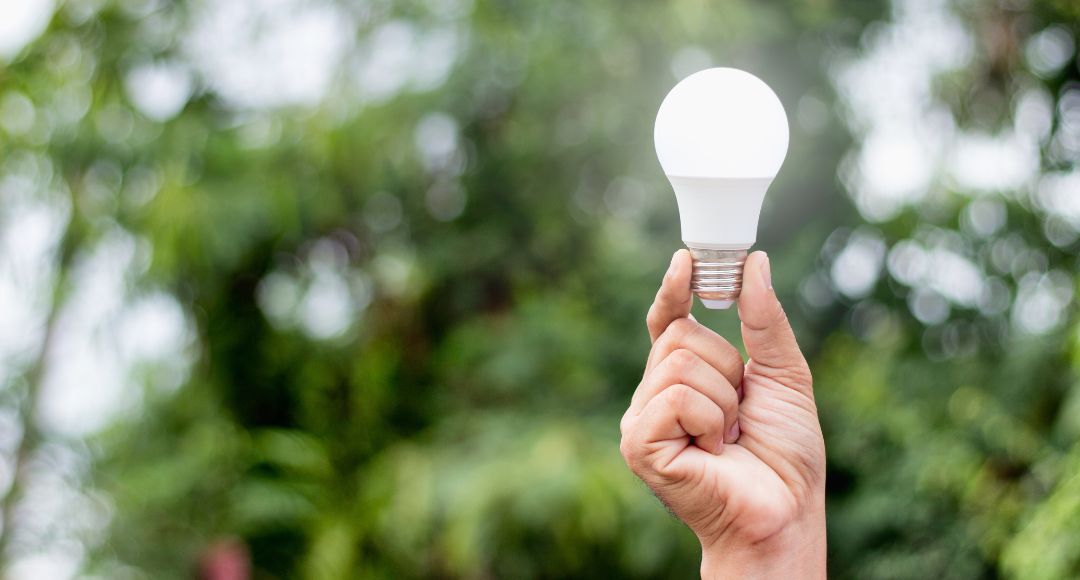
Myths vs. Reality: Debunking Common Misconceptions
When a new product like LED light bulbs is introduced, it’s common for myths and misconceptions to spread. As a result, people are hesitant to try the product. However, it’s necessary to debunk these tales so people gain more confidence in embracing this energy-efficient lighting solution!
LEDs are Expensive
When you compare the upfront cost of an LED bulb to an incandescent bulb, the LED version will appear more expensive. However, other factors, like energy consumption and lifespan, should also be considered.
An LED bulb typically requires 8 – 12 watts to produce 800 lumens and generally has an average lifespan of 25,000 to 50,000 hours, whereas an incandescent bulb requires 60 watts to display the same brightness and is expected to last 1,000 hours.
If you examine this closely, it’s clear that you’ll have a better ROI when you use LED bulbs compared to incandescent bulbs. While the latter is more affordable upfront, the former opens an opportunity for more savings in the future!
LEDs are not Bright
LED bulbs can produce the same brightness as the traditional bulbs that you are used to. The thing that people may not be aware of is that LED bulbs are available in different colour temperatures. The warm white LED colour is reminiscent of an old incandescent bulb, while a natural white colour temperature mimics natural light!
LEDs are Bad for the Environment
LED bulbs are not bad for the environment—in fact, they’re the opposite! LEDs are energy-efficient, can last a long time, and do not contain toxic chemicals. Homes and establishments with LED bulbs have a significantly lower carbon footprint than those that still use traditional fixtures!
LEDs are not Dimmable
There are dimmable and non-dimmable LED bulbs. If you prefer a dimmable bulb, check the package and look for the dimmable symbol. People might think that LEDs are typically not dimmable because they are probably paired with a traditional wall dimmer.
The thing is, you have to get an LED-compatible wall dimmer to use with a dimmable LED bulb to guarantee a smooth transition from bright to dark. Without the proper dimmer, a dimmable LED bulb will not dim, or it may flicker.
LEDs Get Hot
Technically, LED bulbs do produce a relatively small amount of heat. When you touch an LED bulb that’s been running for hours, you’ll only feel the warmth, but generally, you can still touch it. If you do the same with conventional bulbs like a halogen lamp, you’ll immediately feel the heat radiating from the bulb before you even touch the surface!
LEDs have a Limited Colour Range
LEDs have a wide spectrum of colour temperatures and are available in different colours. They range from 2700k to 2800k, 3000k, 4000k, 5000k, 6000k, and 6400k. There are also colour temperature-adjustable LED bulbs and colour-changeable LED bulbs!
Conclusion
Facts: LED light bulbs are energy-efficient, long-lasting, have dimmable options, come in a comprehensive colour selection, are eco-friendly, bright and produce negligible heat. It’s not true that they are expensive because their long-term cost outweighs the upfront cost!
So, if you are interested in trying an LED light bulb and need help finding where to get them, visit our website, Simple Lighting! We have an extensive collection of top-quality LED light bulbs available in different shapes, sizes, colours, power consumption, brightness, and more!


